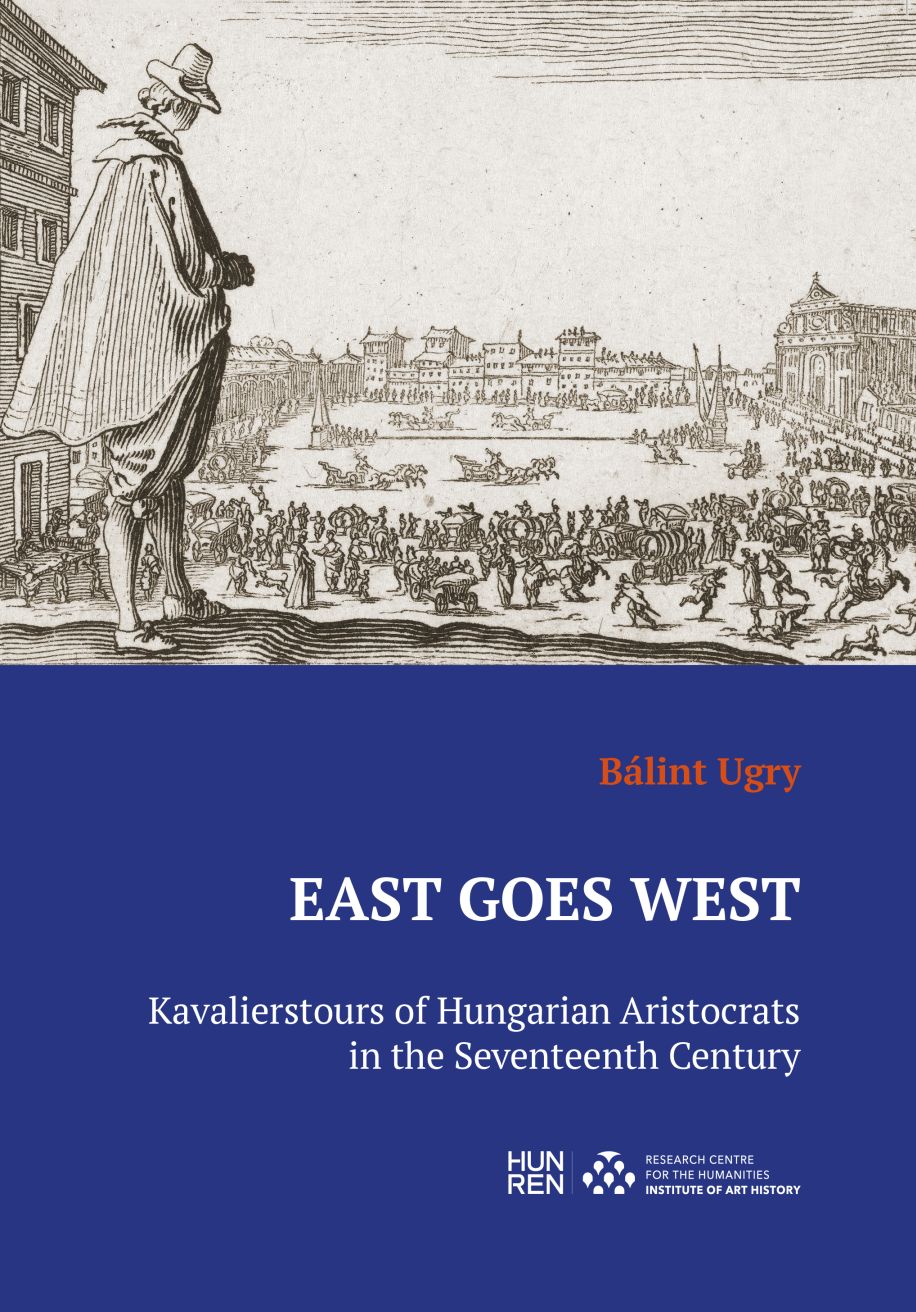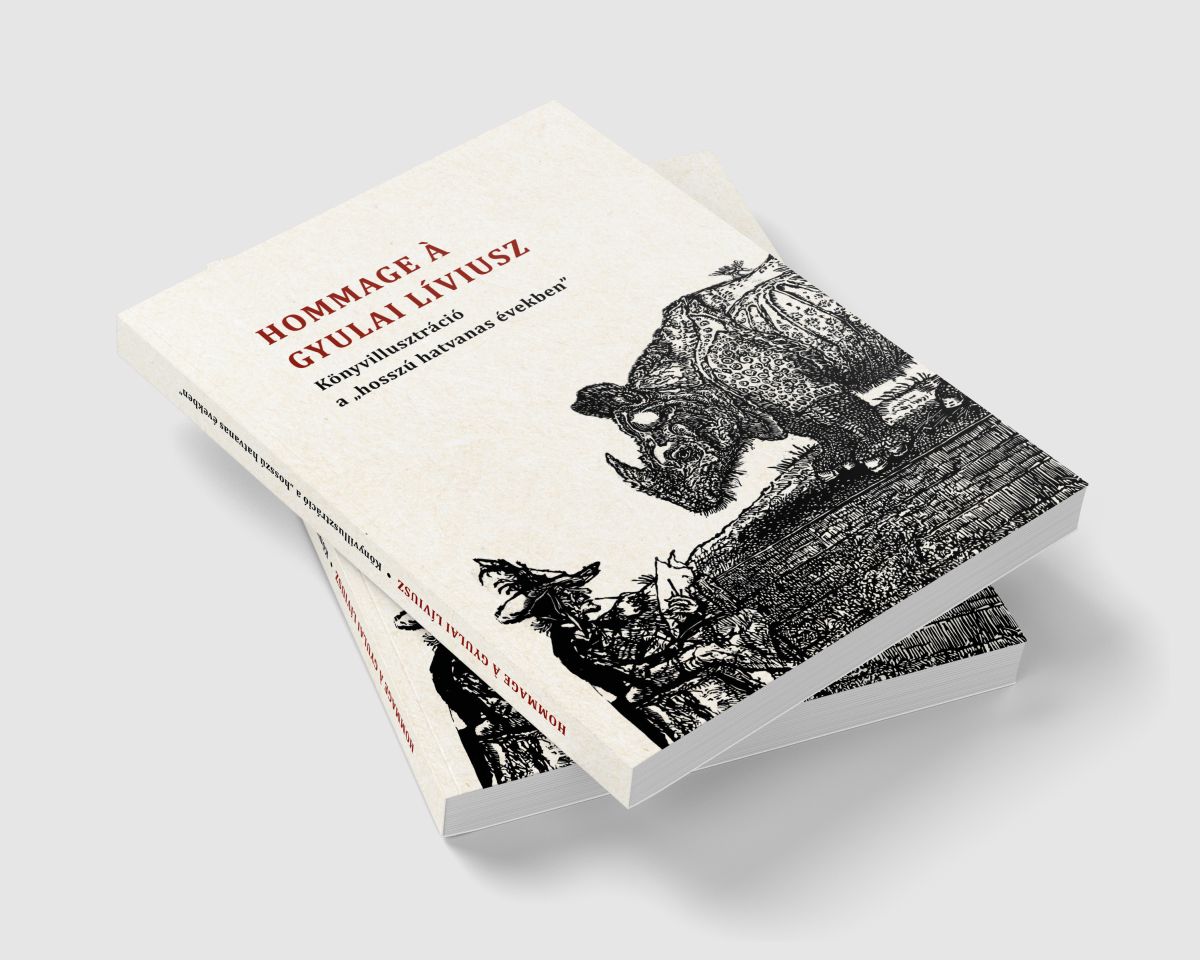At the Látkép 2025 Festival, we invite visitors to two exciting book launches: a historical monograph exploring the world of the early modern Hungarian aristocracy, and a scholarly volume examining book illustration during the “long 1960s.”
Please note that the Book Launches will be held in Hungarian. English interpretation will not be provided.
Bálint Ugry: East Goes West: Kavalierstours of Hungarian Aristocrats in the Seventeenth Century
Date: September 25, 2025 (Thursday), 3:10 PM – 4:50 PM
Venue: HTK Gallery
In this monograph, the author explores the early modern study tours of young Hungarian aristocrats, known as Kavalierstours. The Kavalierstour—a Central European equivalent of the Grand Tour—was a highly successful phenomenon that reflected the transformations beginning in the 16th century, which reshaped the role of the aristocracy within court society. While not strictly mandatory, the Kavalierstour was often an essential part of the process by which young noblemen were introduced into the elite circles that would define their lives.
These young men pursued both theoretical and practical education: they studied languages, law, and mathematics alongside riding, dancing, and music. Their learning took place either privately—with the guidance of tutors, stewards, or foreign instructors—or in elite institutions designed for the highest social ranks, the so-called knightly academies.
Their primary objective was to become familiar with members of their social order—from the most powerful dignitaries to their own peers—while mastering the norms of courtly behavior and gaining insight into international politics. In the course of their journeys, they visited the key sites of culture and representation: cities, royal centers, courts, and collections, all of which served as stages for their education.
The book will be presented by: Zsolt Kökényesi, Assistant Professor at the Department of Early Modern History, Faculty of Humanities, Eötvös Loránd University (ELTE)
Copies of the book will be available for purchase on-site.

Hommage à Gyulai Líviusz: Book Illustration in the “Long 1960s.” Edited by: Ágnes Képiró
Date: September 27, 2025 (Saturday), 11:40 AM – 1:20 PM
Venue: HTK Gallery
In 2022, the Damjanich János Museum in Szolnok organized a conference on the history of book illustration under the title Hommage à Gyulai Líviusz, as an accompanying event to the retrospective exhibition of Líviusz Gyulai held at the Szolnok Gallery. The conference brought together scholars researching post-World War II Hungarian book illustration, with a particular focus on the so-called “long 1960s” (1958–1973). Presenters examined illustrations inspired by literary works—unique or printed graphics—in light of both the literature and the artistic traits of the era.
Most of the talks were based on primary research, as the analytical study of illustrations from this period and the comprehensive exploration of the featured artists' illustrative work had not been conducted before. The essays, edited into a volume published in 2025, are more or less closely connected to the oeuvre of Líviusz Gyulai. However, they present Hungarian book illustration in a broader context, concentrating on its golden age during the “long 1960s,” and include discussions of other illustrators’ works as well.
At the Látkép Festival, the book will be launched through a roundtable discussion exploring the unique features of book illustration during the Kádár era, with contributions from art historians and literary scholars who also participated in the creation of the volume.
Contributors to the volume:
Kitty Árvai-Józsa, Barbara Dudás, Csilla E. Csorba, Sándor Hornyik, Ágnes Képiró, Mária Madár, Emese Révész, Erika Sonyovszki-Képes, Erzsébet Tatai, Emőke Varga
Moderator:
Ágnes Képiró, art historian and museologist, Damjanich János Museum
Discussion participants:
-
Ida Kovács, literary historian, Petőfi Literary Museum
-
Emese Révész, art historian, Head of the Department of Modern and Contemporary Art History, ELTE
-
Erzsébet Tatai, art historian, Institute of Art History, ELTE Research Centre for the Humanities
-
Emőke Varga, literary historian, Head of Department, University of Szeged, Juhász Gyula Faculty of Education


